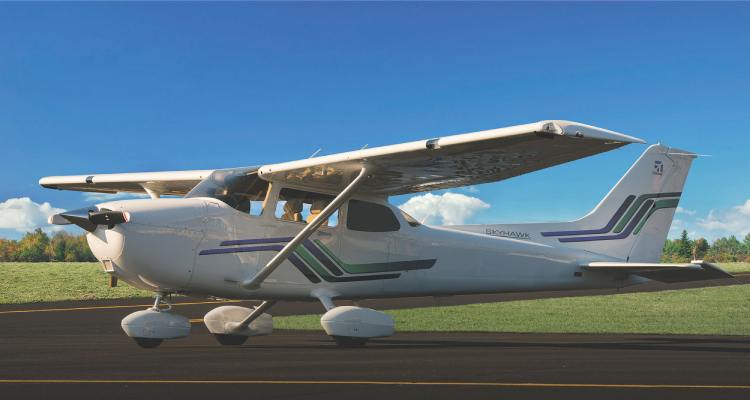
Congratulations, you've mastered the basics of flying and are now gearing up for your first cross-country flight! This is an exciting milestone in your aviation journey. A cross-country flight requires detailed planning, sound decision-making, and a comprehensive understanding of flight regulations. This article aims to guide you through the essential steps to ensure your first cross-country flight is not just successful but also enjoyable.
Why Cross-Country Flights Are Important
Cross-country flights are a crucial part of pilot training. They test your navigational skills, airmanship, and your ability to adapt to different airport environments. Beyond training, cross-country flying opens the door to endless adventure and travel opportunities.
Choose Your Route Wisely
The first step is choosing a route. While a direct line might seem the most straightforward, consider factors like airspace restrictions, weather patterns, and fuel availability. Tools like aviation charts and flight planning software can be invaluable aids.
Review Regulations and Requirements
Ensure you are well-versed in the Federal Aviation Regulations (FAR) or equivalent for your jurisdiction. Know the requirements for filing flight plans, minimum altitudes, and other key rules relevant to cross-country flights.
Weather Briefing
Always get a detailed weather briefing before your flight. Assess factors like wind speed and direction, visibility, and cloud cover. This will help you calculate essential parameters like ground speed, fuel requirements, and Estimated Time En Route (ETE).
Conduct a Thorough Pre-Flight Inspection
Before taking off, perform a comprehensive pre-flight inspection of your aircraft. Ensure all systems are go, from the engine and fuel systems to the avionics.
Navigation Aids
Modern avionics offer various navigation aids like GPS and autopilot. Familiarise yourself with these systems and have backup navigational tools in case of system failure.
Safety Measures
- Communication: Always keep your radio tuned to the appropriate frequencies.
- Backup Plans: Have alternative airports in mind in case of emergency.
- Survival Gear: Always pack necessary survival gear tailored to the geography over which you'll be flying.
Post-Flight Review
Once you land, perform a post-flight review. Assess what went well and identify areas for improvement. This debriefing is invaluable for building experience.
Frequently Asked Questions
What should I consider when choosing a route for my cross-country flight?
Factor in airspace restrictions, weather conditions, and fuel availability when planning your route.
What are the key regulations for a cross-country flight?
Familiarise yourself with Federal Aviation Regulations, such as filing flight plans and minimum altitudes.
How can I prepare my aircraft for a cross-country flight?
Conduct a thorough pre-flight inspection, reviewing everything from the engine and fuel system to avionics.
Conclusion
Your first cross-country flight is more than just a training exercise; it's a significant step toward becoming a proficient pilot. Proper planning, a thorough understanding of regulations, and a comprehensive pre-flight inspection are key to a successful and enjoyable journey.
